
Castelsardo
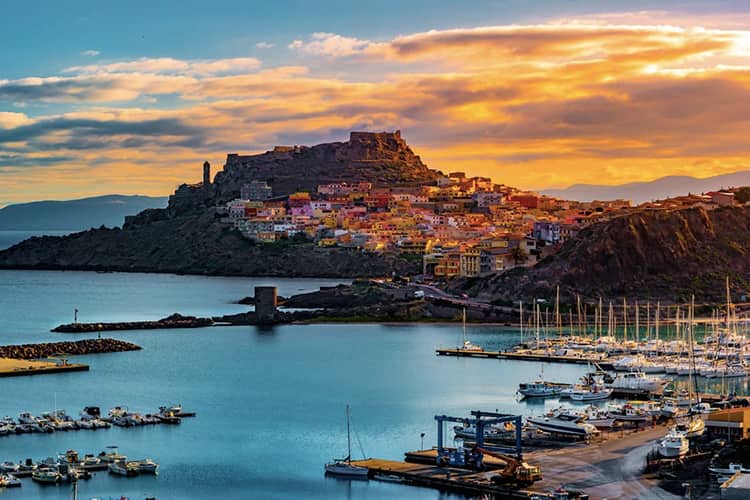
Castelsardo is an inhabited center that rises at the base of a small promontory above which there is the Castello dei Doria dating back to 1102, now home to the Museum of Mediterranean weaving, the most visited museum site in Sardinia. The entire village, built on the rock and entirely surrounded by mighty walls overlooking the Gulf of Asinara, is not only rich in religious, civil and military architecture, but also in several free and equipped beaches as well as archaeological sites such as the Torre di Frigiano that separates the city center from the tourist port and the nuraghe, typical stone buildings of the island.
Posada

Atzara
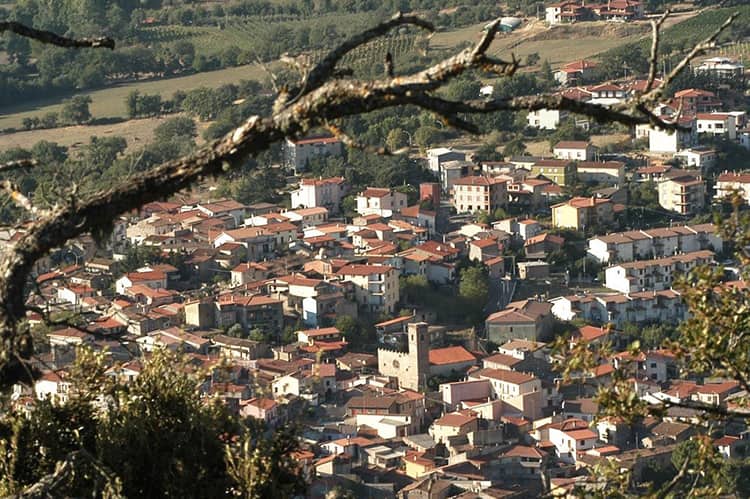
Sadali

Carloforte
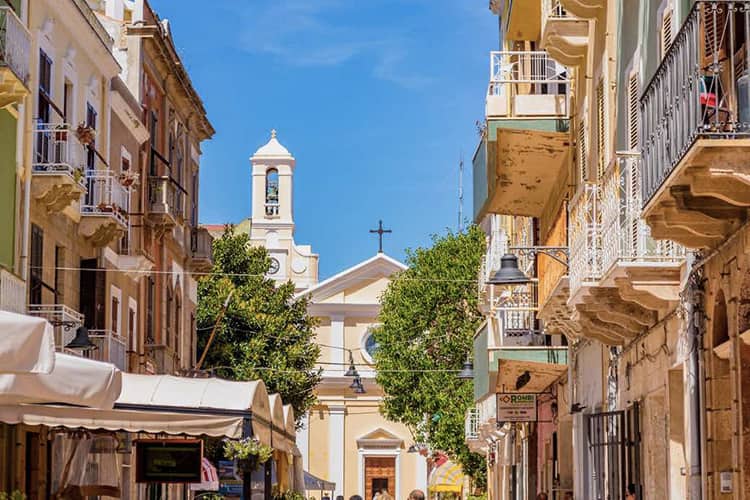
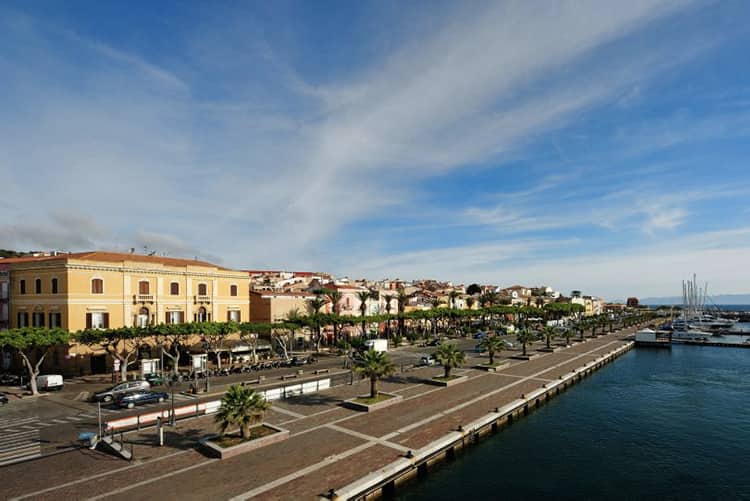
About the author
Written on 12/03/2021

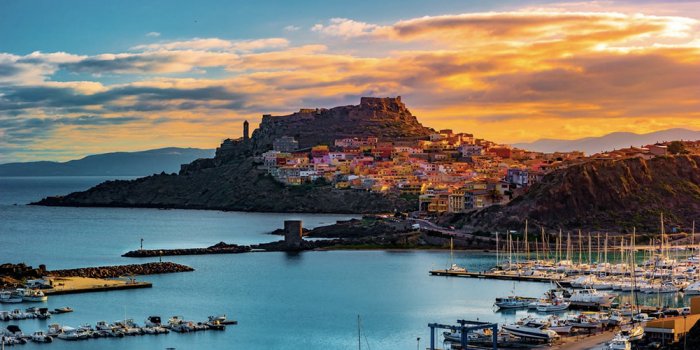

Alfred Runo
A journey from the North to the South to discover the most beautiful, fascinating and interesting villages in Sardinia.